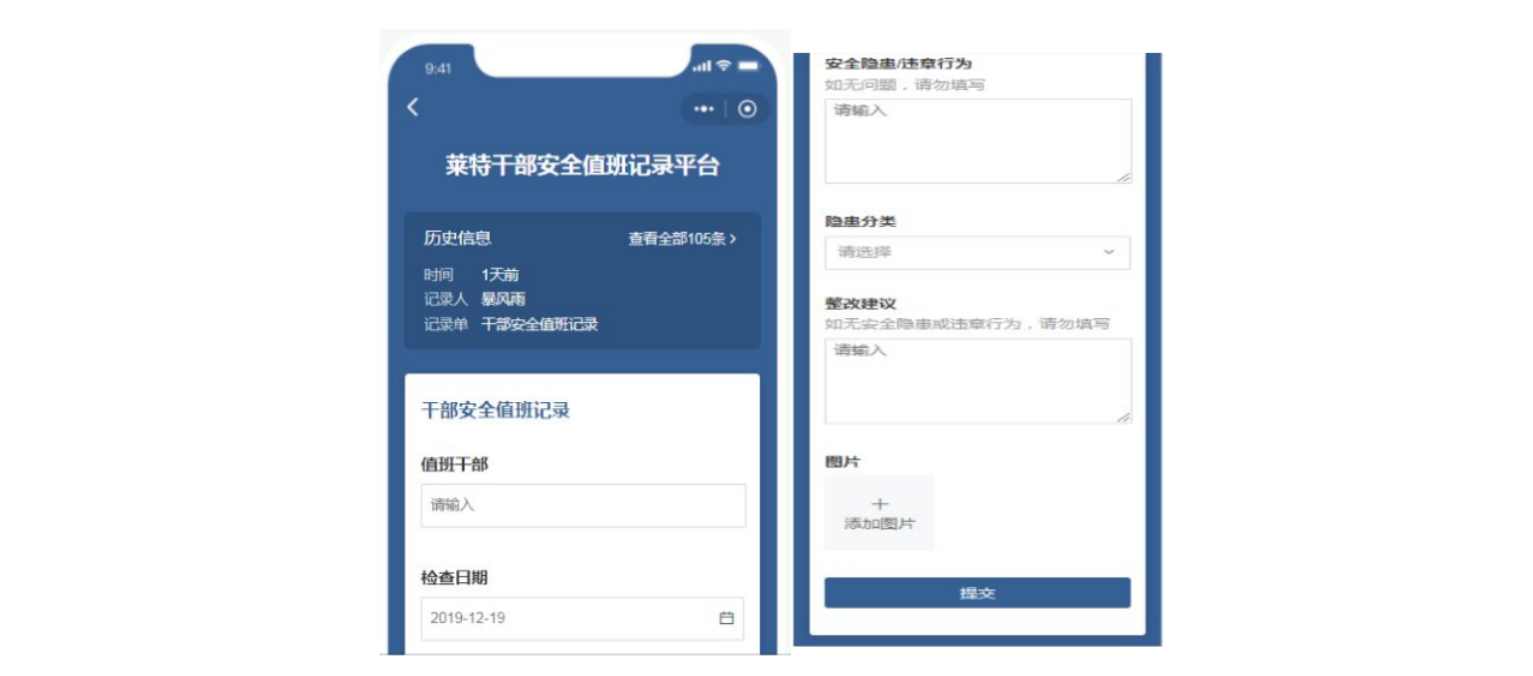How to Build an Information Platform for Safety Production Responsibility Inspection and Implementation Using "QR Code + Safety"
Original article: https://cli.im/article/detail/1946
With the increasing maturity of QR code technology, especially in the construction industry where QR codes are widely used for safety supervision, complex management tasks can now be effectively improved through QR code applications.
Taking XiHang Light Company as an example, this article explores the integration of QR code technology with safety production responsibility inspection and implementation platforms to strengthen safety supervision in machinery manufacturing enterprises. Through practical implementation, significant results have been achieved, providing theoretical and practical references for further research on "QR Code + Safety" management platforms.
In recent years, the safety situation within China's aviation industry has remained challenging, with frequent accidents involving sandblasting machines, cranes, and substations. Traditional safety management methods relying on safety officers' manual inspections can no longer meet enterprise development needs. The lack of standardized processes for safety management, hazard elimination, and accident prevention makes it nearly impossible to implement daily printed responsibility checklists for all employees.
XiHang Light Company faces challenges including large factory areas, dispersed facilities, and limited safety inspection coverage. Manual data collection for safety assessments of workshops and departments proves time-consuming and inefficient.
The establishment of a safety production responsibility inspection and implementation platform using information technology will transform passive employee compliance into proactive inspection and rectification. This enables full participation in hazard identification, traceable rectification processes, and automated safety assessments, shifting safety management from traditional "regulatory compliance" to an interactive "whole-team participation" model.
I. Background and Necessity of Establishing a Safety Management Information Platform
A. Background
In April 2017, the State Administration of Work Safety issued the 13th Five-Year Plan for Work Safety Informatization, proposing objectives and key projects to deepen information resource utilization and sharing in safety production. This provides technical support for strengthening enterprise safety responsibility fulfillment and improving comprehensive governance capabilities.
Chen Shaoyang, CIO of China Aviation Engine Group, emphasized at the 2018 Informatization Work Conference:
- Strengthen awareness of importance and urgency
- Enhance global and integration perspectives
- Strengthen planning leadership and coordinated management
- Improve digital and network infrastructure capabilities
- Boost internal-external collaborative innovation
- Strengthen process control and assessment
The 2019 key tasks include establishing complete safety responsibility lists and regular self-inspections to clarify safety responsibilities.
B. Necessity
With three production plants covering 75,000 square meters and only three safety officers requiring 3 hours per inspection, XiHang Light Company faces challenges in inspection coverage and workforce engagement. The urgent need to establish an information platform lies in:
- Implementing the "Party-Government Shared Responsibility" system
- Eliminating inefficient manual data processing
- Complementing existing AEOS production information system (QCDP)
- Liberating safety personnel from tedious manual work
II. Current Status of Safety Management Platforms in Peer Industries
A neighboring machinery manufacturer implemented a mobile APP with features including:
- Daily safety quizzes
- Training materials
- Online examinations
- Legal regulations access
However, limitations include:
- High development and maintenance costs
- Poor APP performance and low user satisfaction
- Limited effectiveness in hazard identification
- Increased workload instead of reduction
III. Practical Exploration at XiHang Light Company
Through QR code technology integration, the company established four interconnected platforms:
Employee Safety Responsibility Self-Inspection Platform
- Created position-specific safety responsibility QR codes
- Implemented hierarchical inspection requirements:
- Department heads: Quarterly
- Section managers: Monthly
- Team leaders: Weekly
- Employees: Daily

Management Safety Duty Platform
- Enabled duty managers to report hazards via QR codes
- Automated hazard classification statistics

Safety Inspection & Rectification Platform
- Supported hazard verification and rectification tracking

Automated Workshop Assessment Platform
- Auto-generated monthly performance evaluations based on:
- Self-inspection compliance
- Hazard rectification rates
- Management inspection data

- Auto-generated monthly performance evaluations based on:
IV. Platform Features
A. Data Integration
- One-click import of employee inspection data

B. Departmental Statistics
- Real-time monitoring of department inspection completion

C. Hazard Analysis
- Automated hazard classification (human error 30%, equipment failure 60%, management 10%)
- Pyramid model visualization

D. Rectification Tracking
- Automated rectification rate monitoring

V. Implementation Results
A. Efficiency Improvement
- 71% hazard rectification rate (193/271 items) achieved
- Assessment time reduced from 1 week to 4 hours
B. Full Participation
- 13,821 monthly required scans
- 34 active hazard reporters acting as part-time safety officers
C. Cost Effectiveness
- Minimal development costs using existing WeChat infrastructure
- Stable performance supporting 500 concurrent users
D. Cultural Impact
- Enhanced safety awareness through:
- QR-based safety notifications
- 1-hour completion of 500-person surveys
- Regular safety knowledge testing
VI. Conclusion
The QR code-based platform achieves:
- Real-time safety data synchronization
- Traceable hazard rectification
- Data-driven decision making
- Solid progress towards AEOS goals of "high quality, efficiency, consistency, and sustainability"
System Implementation Demo
We have implemented innovative QR code platforms in four areas:
- Equipment Maintenance
- Hazard Identification
- Quality Inspection
- Improvement Proposals
Watch TPM Information Management System Implementation Video







